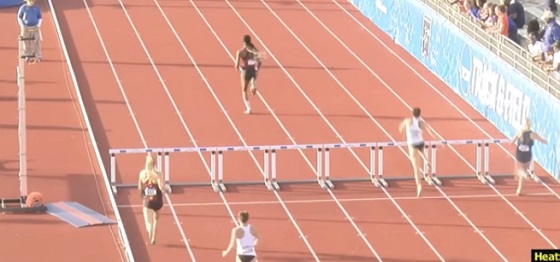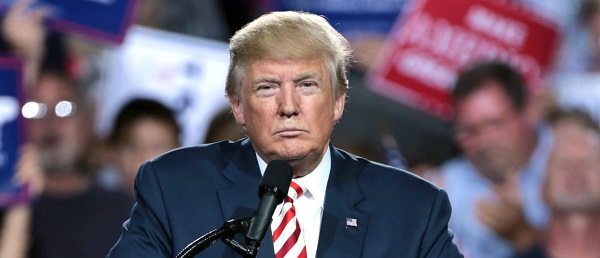President Donald Trump said Thursday he will pause migration from some countries following the shooting of two National Guard members near the White House.
The suspected gunman, Rahmanullah Lakanwal, 29, is an Afghan national who entered the U.S. in 2021 under a Biden-era immigration program for Afghans fleeing the Taliban movement. He was reportedly granted asylum this year.
U.S. Army Specialist Sarah Beckstrom, 20, died from injuries she sustained in the Wednesday shooting, Trump told service members in a video call Thursday night. Air Force Staff Sgt. Andrew Wolfe, 24, was in critical condition. Lakanwal was also injured in the shooting.
The two victims were members of the West Virginia National Guard sent to Washington, D.C. in August under Trump’s orders for a crackdown on crime.
In a lengthy social media post on Thursday, Trump claimed “reverse migration” is the answer to years of mass migration and said he plans to “permanently pause migration from all third world countries to allow the U.S. system to fully recover.”
Trump also appeared to consider removing migrants who have become U.S. citizens. He said he will “remove anyone who is not a net asset to the United States, or is capable of loving our Country.”
He said the federal government will end all “benefits and subsidies to noncitizens, denaturalize migrants who undermine domestic tranquility, and deport and foreign nation who is a public charge, security risk, or non-compatible with Western Civilization.”
The FBI said they are conducting investigations in Washington State, the suspect’s last known residence, as well as connections he may have had in San Diego.
FBI Director Kash Patel said the bureau has executed “multiple search warrants around the country.”
Patel said Lakanwal had a “relationship in Afghanistan with partner forces.” Multiple reports claim Lakanwal worked alongside the Central Intelligence Agency while in Afghanistan.


















